Many of us, unsatisfied and even disgusted with the treatment and quality of animals in the food processing industry, have begun homesteading as a way to reclaim food responsibility. On that journey, we discover the joy of raising meat chickens as a small-scale declaration of independence.
Chickens are an ideal animal to start with when it comes to raising your own meat. These birds require relatively little infrastructure, can reach butchering weight in under a year, are easy to raise, and require a much smaller investment for the novice than a herd of cow, goats, or sheep.
In addition, the flavor and nutrition of a pasture-raised, free-range heritage roast are mind-blowingly superior to the saline-injected, packaged parts of mass-produced meat you find at the average grocery store.
But what meat breed is best to start with? If you don’t know much about chickens, you may be scratching your head as you read through lists of names and types. And it would be really disappointing to raise a batch of chickens, dreaming of drumsticks and roasts, only to realize you had chosen a breed developed for making eggs, not meat. Though all chickens are edible, of course, the difference between a heavyset, muscled Jersey Giant breed, and a svelte egg-laying Leghorn are significant.
Hopefully, this article can help you with your decision. In the following breeds, you can benefit from the thoughtful decisions of thousands of chicken breeders from the past. Through generations of careful and selective breeding, big, well-muscled meat chickens were created that both convert feed into delicious meat, and are downright beautiful as they meander through a pasture in the meantime.
1. Jersey Giant
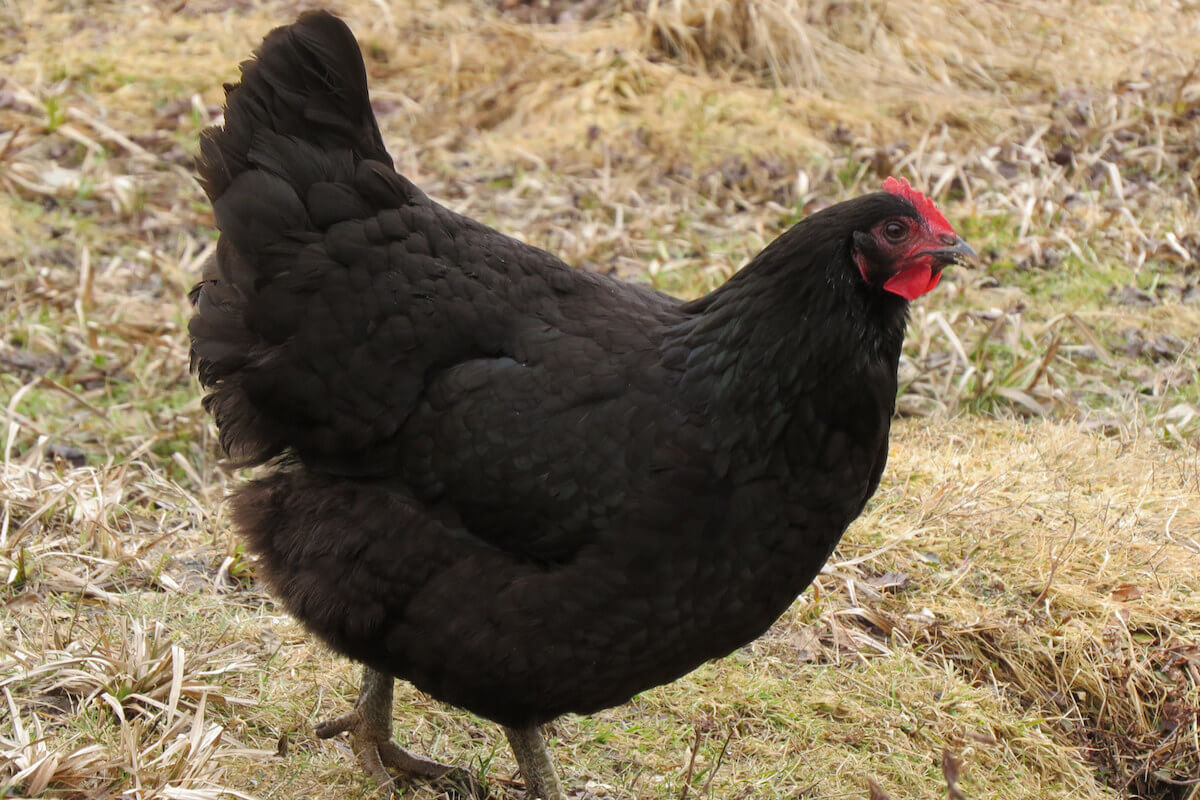
- Personality: Docile, friendly, content
- Average Eggs per Year: 170 extra-large brown eggs
- Average Butchering Weight: 15 (or more) pounds male, 11 pounds female
- Growth Rate: Very slow
Once upon a time, both turkeys and chickens were selectively bred to become the premiere “table bird” for American families. The turkey eventually won popularity as the bigger bird, but left in its wake was the Jersey Giant — the biggest chicken breed in the world. Gentle and content not to roam far from home, these huge chickens will visually dominate the coop.
While you’re waiting for these meat chickens to get big enough to butcher, they’ll happily forage the backyard, lay huge eggs, and be generally pleasant creatures to share life with. If you choose to keep these meat chickens, keep in mind that their size may require some adjustments to the coop (such as lower perches and bigger nesting boxes) to accommodate it.
2. Orpington
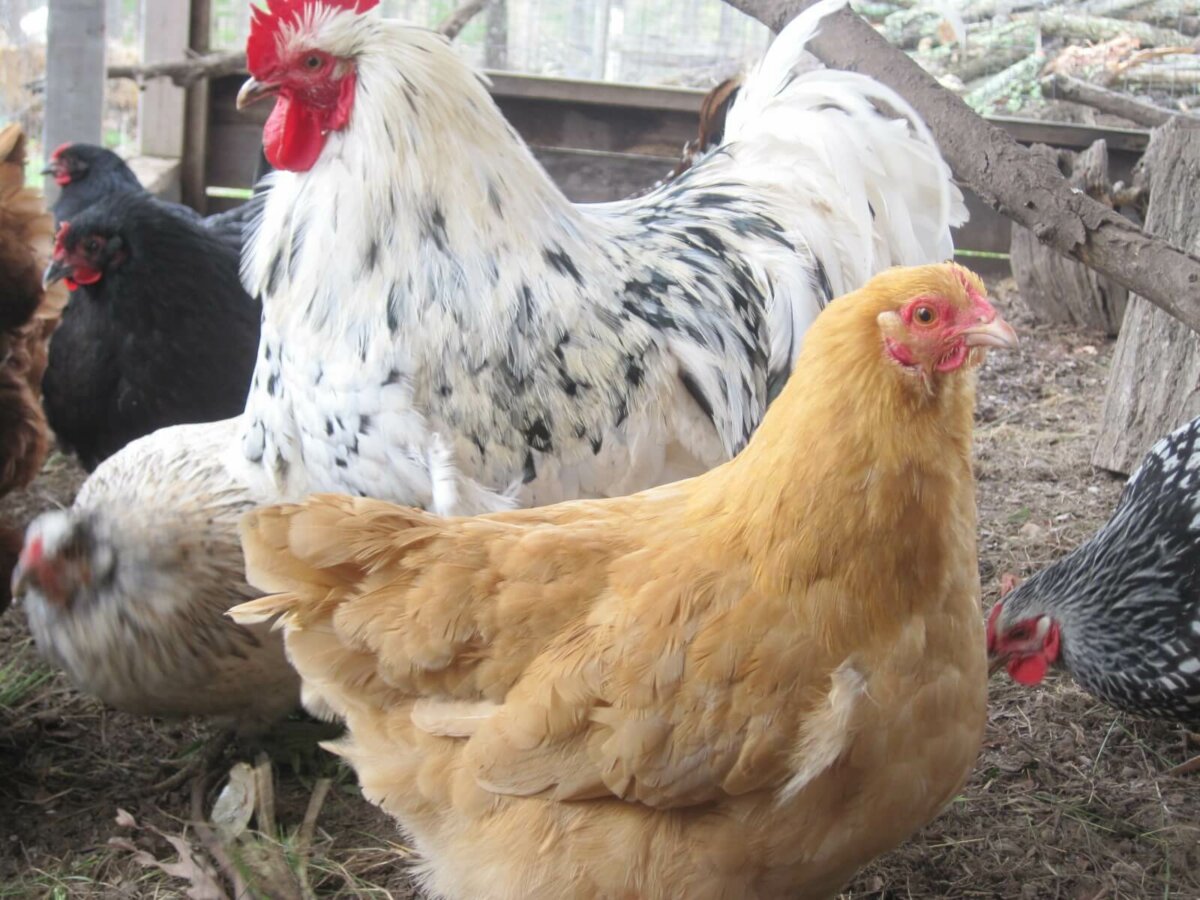
- Personality: Sweet, friendly, personable
- Average Eggs per Year: 200+ large brown eggs
- Average Butchering Weight: 10 pounds male, 8 pounds female
- Growth Rate: Medium-fast
Orpington chickens came about after several fanatical waves of “chicken fever” in Great Britain. This wonderfully generous, triple-purpose bird was meant as a sensible reaction after practical people started to tire of the frivolous plumed, frilled, or long-tailed birds that paraded the exhibition floor.
Good at laying, delicious as a meat chicken, able to forage for its food, willing to brood its eggs, and friendly as a pet, there is little to say that isn’t in the Orpington’s favor.
3. Naked Neck or Turken
- Personality: Tame, friendly, weird!
- Average Eggs per Year: 110+ light brown, medium-sized eggs
- Average Butchering Weight: 8.5 pounds male, 6.5 pounds female
- Growth Rate: Average
Yeah, Naked Neck chickens look really weird. They’re the sphinx cat of the poultry world with lots of bare, wrinkly skin to show off. With a funny toupee of feathers, the signature bald neck, and a drafty tail area, they make for easy plucking on freezer camp day.
Despite sometimes being called “Turkens,” these featherless fowl aren’t an unholy blend of turkey and chicken — they’re 100% Gallus gallus domesticus with mysterious origins in Transylvania and a nifty habit of being naturally resistant to most poultry diseases. You’ll certainly have an interesting conversation piece with a flock of these bald, not-quite beauties strutting around the backyard.
4. Brahma
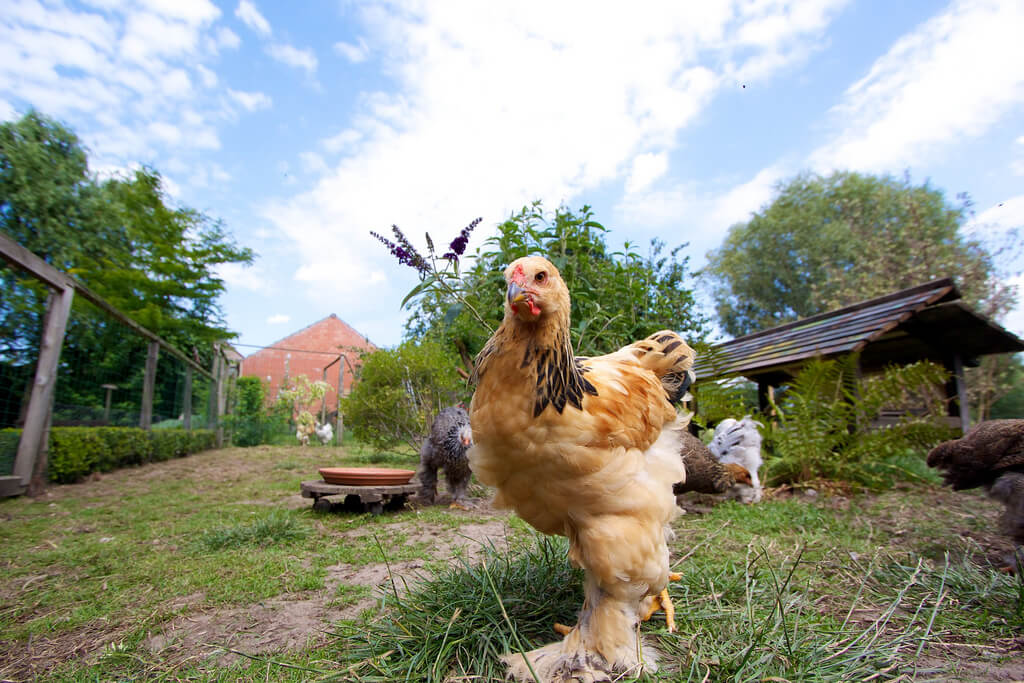
- Personality: Calm, quiet, gentle
- Average Eggs per Year: 120+ medium-sized, brown eggs
- Average Butchering Weight: 12 (or more) pounds male, 10 pounds female
- Growth Rate: Slow
Before the Cornish Cross hybrid became the default chicken meat breed, there was the Brahma. Once known as the King of Chickens, this huge, calm chicken strides through the coop with a regal air. With its signature feathered feet and legs and a fluffy array of feathers, the Brahma is well-insulated against the cold but may need some extra shade in the worst of summer.
These meat chickens are eager eaters and slow growers, so raising them for the table is a labor of love for the family, but not necessarily a profitable means of supporting the homestead.
5. Dorking
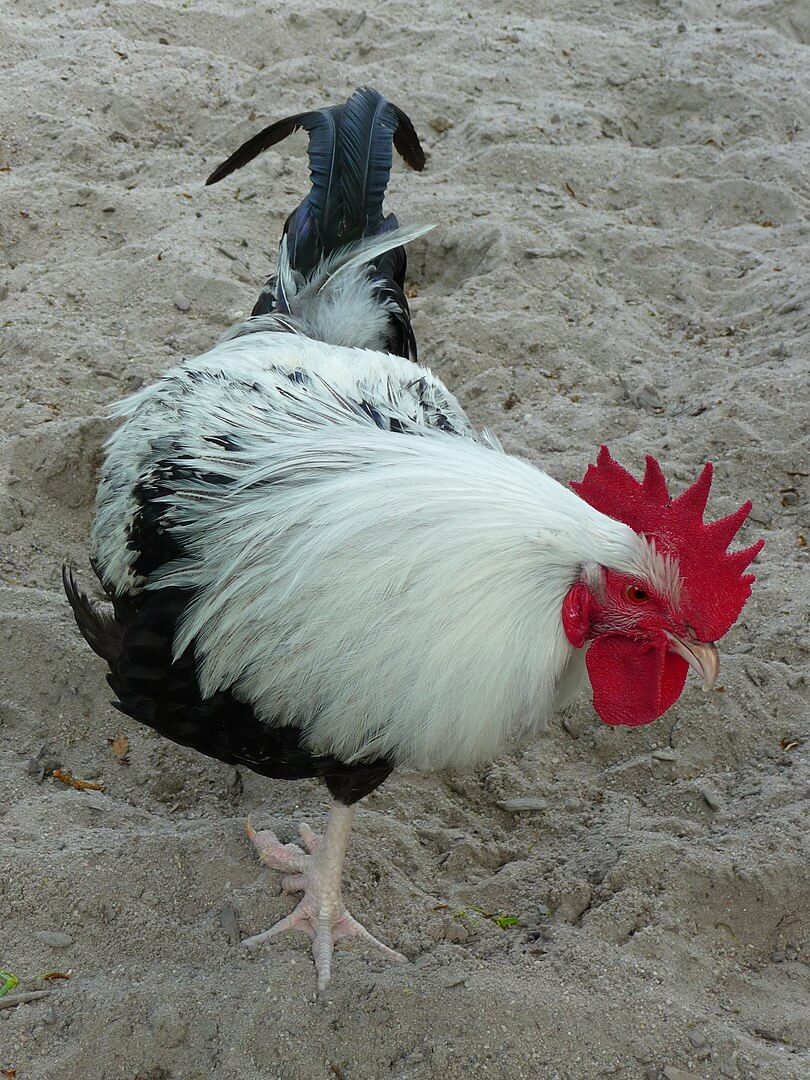
- Personality: Calm, gentle, mild
- Average Eggs per Year: 160 medium white eggs
- Average Butchering Weight: 9 pounds male, 7 pounds female
- Growth Rate: Very slow
The Dorking has been an esteemed meat breed for a long time — so long, in fact, there are ancient Roman writings about the unique, 5-toed fowl. This breed in particular is acclaimed as the most flavorful and delicious of the meat chickens — though it can be argued that any breed of naturally raised, homegrown bird tastes really good.
It can take up to two years for a Dorking to reach full maturity, so appreciators of the slow food movement will certainly earn their stripes raising these historical meat chickens.
6. Sussex
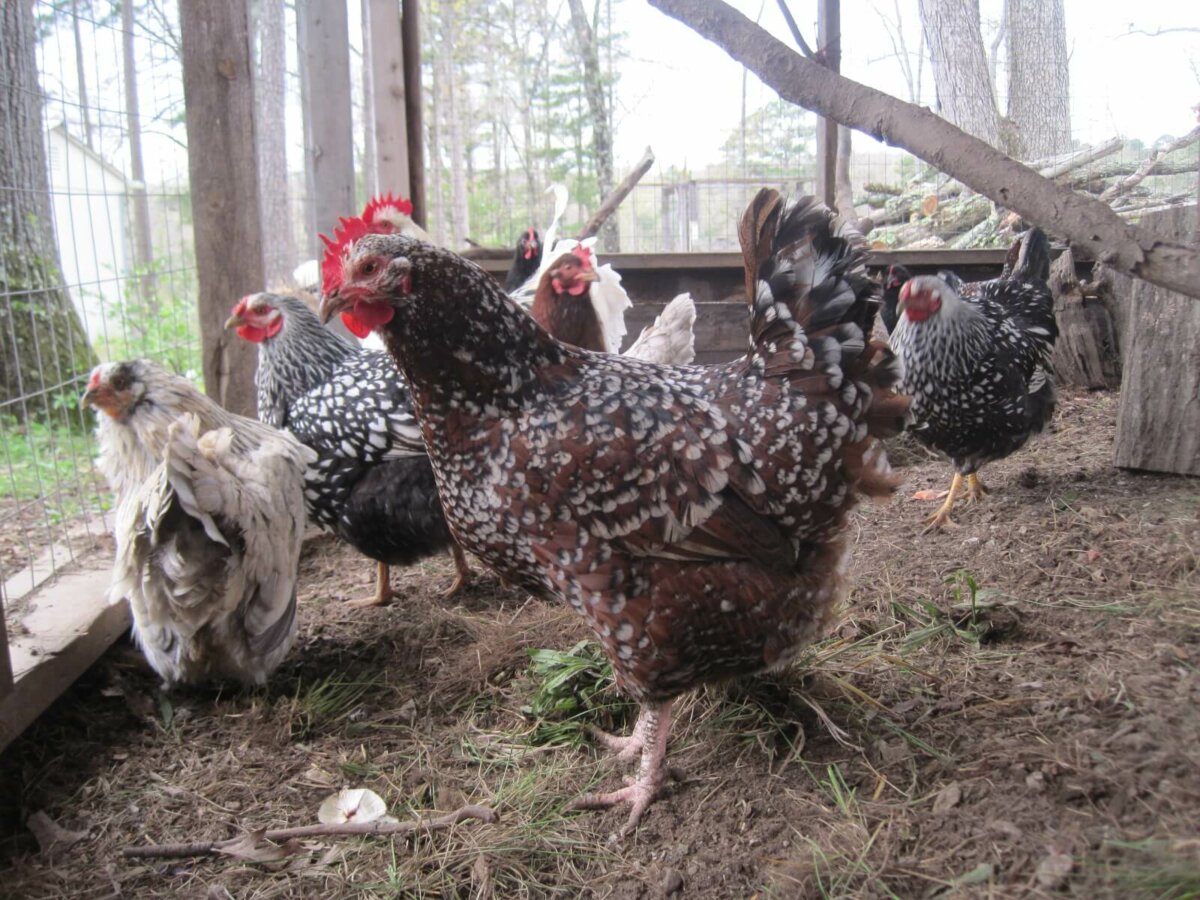
- Personality: Personable, bold, inquisitive
- Average Eggs per Year: 250+ large, brown or tinted eggs
- Average Butchering Weight: 9 pounds males, 7 pounds females
- Growth Rate: Average
Named for the British county where it originated, the Sussex is an active, eager member of the backyard flock. Though it falls on the meat side of the chicken spectrum, it is a fantastic egg layer for a meat bird and is often still laying when the rest of the flock has wound down for the winter.
It is happy to forage, happy to follow you around for treats, and happy to parade through the fields looking for snacks. It may be the perfect bird to start your first flock. Some say the Sussex rivals the Dorking in the contest of “Best Tasting Chicken.” You’ll have to raise them yourself to form your own opinion on the matter.
7. Cornish
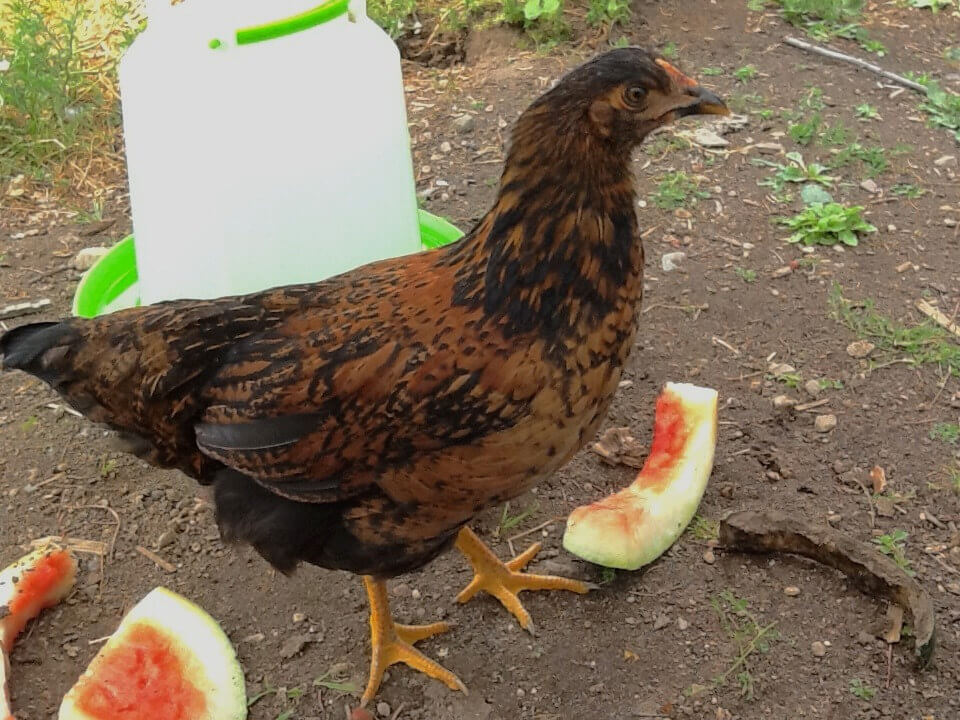
- Personality: Active, talkative, potentially aggressive
- Average Eggs per Year: 160 small, tinted eggs
- Average Butchering Weight: 10 pounds male, 8 pounds female
- Growth Rate: Slow
The sight of a Cornish hen — also called the Indian Game — is proof enough this breed was intended for meat. With a broad breast and ample leg muscle, it’s clear why this breed in particular was selected to help produce the production strains of Cornish hybrids that are used for industrial chicken farms.
But these fierce-faced meat chickens are happiest when they get to act like any other chicken, pecking and scratching through leaves and preening their white or metallic plumage in the sunshine. With “Game” in the name, you have a tip-off that these birds have a fighting streak. Though every rooster deserves to be met as an individual, this breed may produce males that are especially aggressive, so keep your wits about you.
8. Cornish Cross
- Personality: Sedentary, hungry
- Average Eggs per Year: N/A
- Average Butchering Weight: 10 pounds male, 8 pounds female
- Growth Rate: Freaky fast
I saved this hybrid for last as it is a complicated bird and merits a bit of discussion. They are a hybrid of the Cornish breed listed above and usually crossed with proprietary blends of White Plymouth and other breeds. These various hybrids, collectively called Cornish Cross or referred to as Cornish X, are the go-to meat chickens for the vast majority of chicken meat production both industrially and domestic. If you tell anyone you are raising meat chickens or broilers, it is assumed that you have a flock of Cornish Cross.
This hybrid grows at an insanely accelerated rate. While many heritage breeds take most of a year to reach butchering weight, the Cornish Cross does it in as little as eight weeks. This lightning-speed race to a butchering weight is the result of intensive breeding for body size alone.
Cornish Cross meat chickens are able to convert feed into muscle faster than any other breed, and they are the most economical choice for large-scale poultry raisers who have to balance feed costs with profits. They are so food-focused that their feeding regimen needs to be carefully controlled so that they don’t overeat themselves to an early death.
This hyper-focused breeding program, however, has achieved its growth goals at the cost of the birds’ vitality, intelligence, and longevity. Cornish Cross birds were bred to eat and grow, but not to live full lives, and are thus, often plagued with health problems.
So here’s the rub: If you want to raise chickens to sell at your local market, this is the breed you’ll have to raise, whether or not you like it. Feed economy considerations aside, the vast, plump breast, massive thighs and drumsticks, and soft-textured meat, are what the average consumer expects when they want to buy chicken meat. If you were to work the extra months to raise heritage chickens — even though the flavor and nutrition are arguably superior — I guarantee you would have a much harder time finding any buyers for what they may perceive as undersized meat chickens.
For the self-sufficient homesteader who just wants to raise healthy meat for their family and isn’t worried about a strict deadline, however, the Cornish Cross is a somewhat myopic choice. If these meat chickens do make it to adulthood — something often hampered by their excessive growth rate and resulting susceptibility to heart attacks — they are prone to parasites, don’t want to brood their own eggs, are sensitive to heat, and unmotivated when it comes to foraging for food (resulting in higher long-term feed costs).
So if you only raise Cornish Cross — even if you give them pasture and the outdoor space they need to be as healthy as possible — you may form the impression that all chickens are lazy, greedy, unintelligent, unpleasant birds that are prone to sickness and death despite your best efforts.
Final Notes
I recommend that you do your homestead a good turn and try out multiple heritage breeds or hybrids for meat, and find out how healthy and strong chickens can be. After all, if you have the opportunity to raise your own food, especially after going through all the effort to create infrastructure, learn about chicken raising, and commit to butchering your own meat, why would you want to scrape the arguable bottom of the genetic barrel and merely choose quantity of meat over quality and sustainability? Yes, heritage meat chickens take longer to mature and don’t get as massive, but maybe, that’s a good thing.
So, do you raise meat chickens? What are your favorite breeds, and how do you raise them? Do you agree with my position against the Cornish Cross, or do you disagree? Please chime in. I welcome any conversation in the comments below!


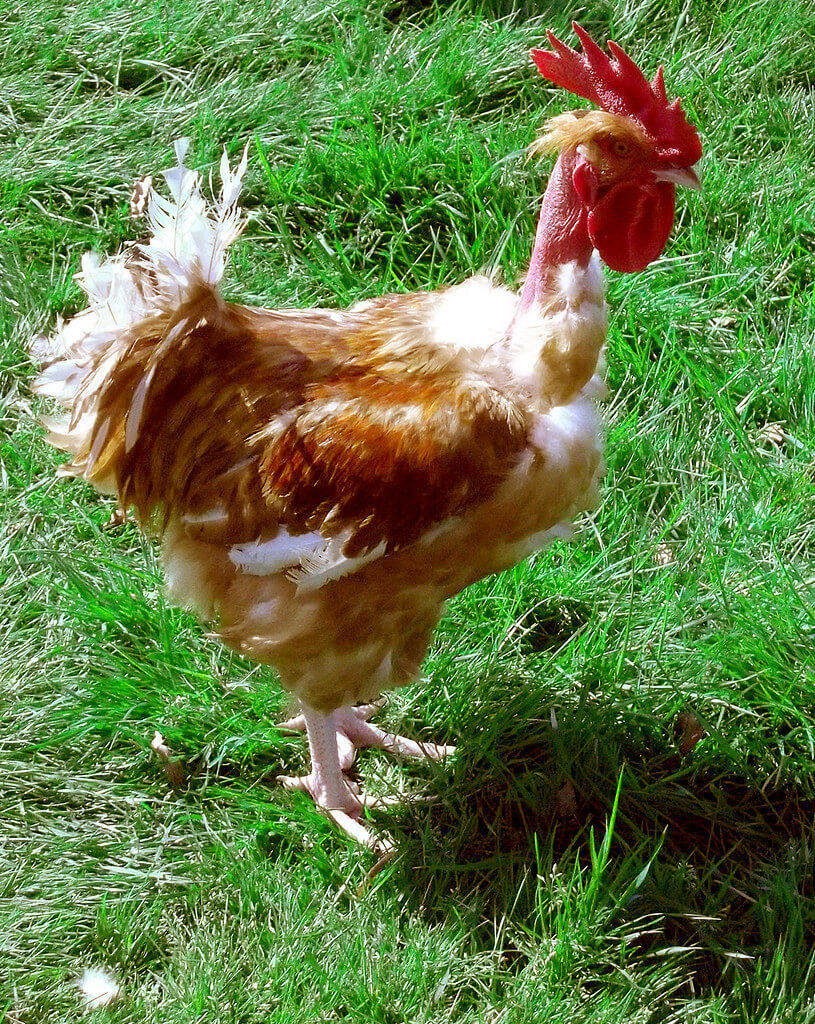
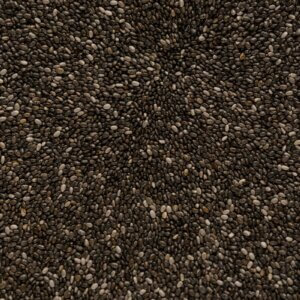

























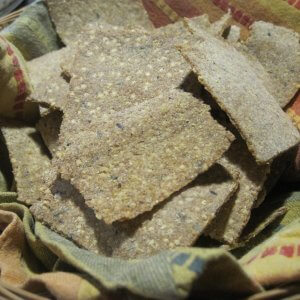









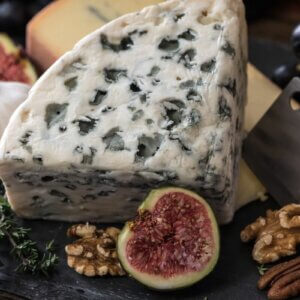


Leave a Reply